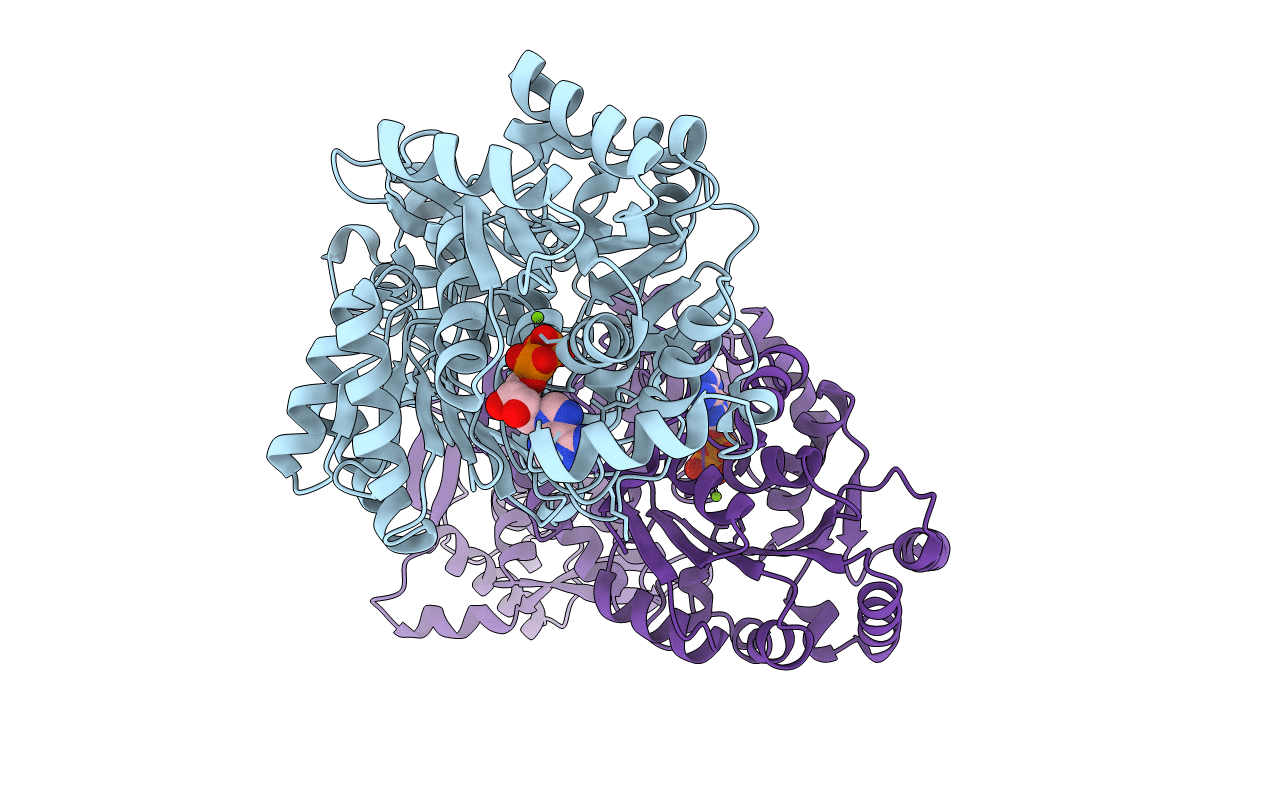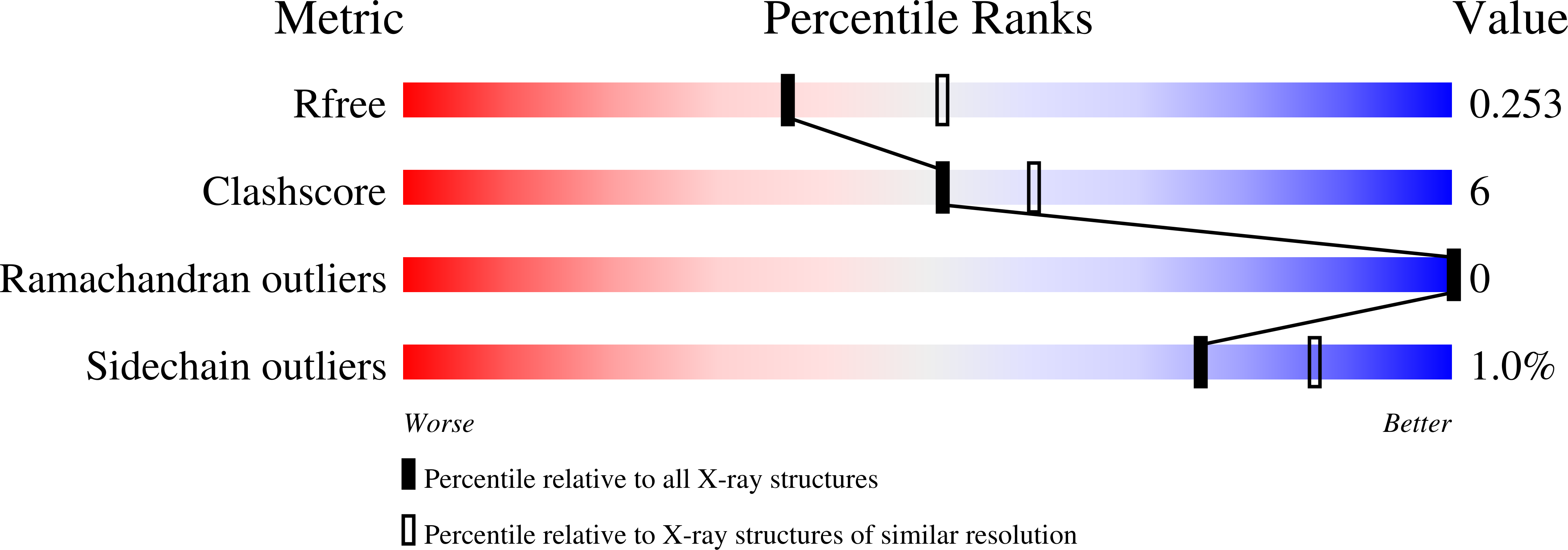
Deposition Date
2020-08-30
Release Date
2021-10-06
Last Version Date
2024-01-31
Method Details:
Experimental Method:
Resolution:
2.31 Å
R-Value Free:
0.25
R-Value Work:
0.20
R-Value Observed:
0.20
Space Group:
P 21 21 21


